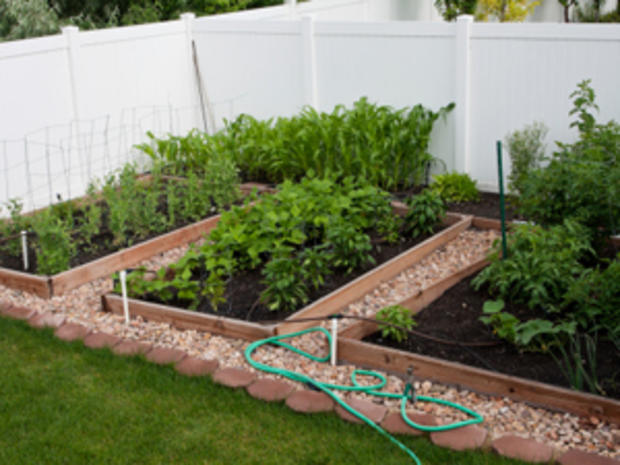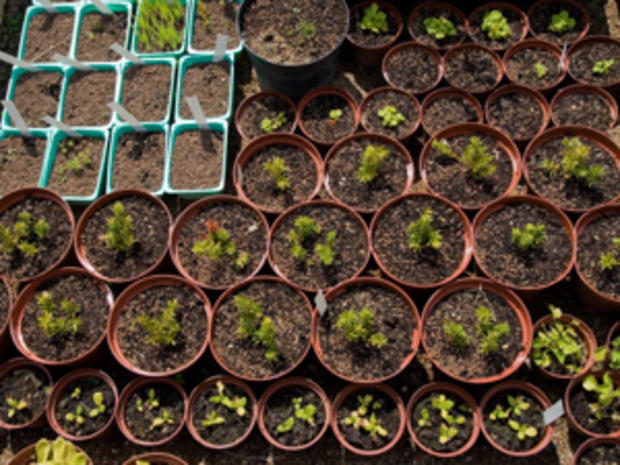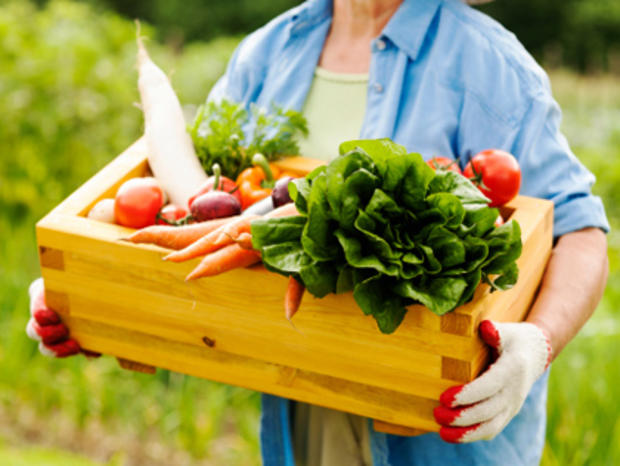Tips for Preparing Your Vegetable Garden This Summer
Plan your vegetable garden
It may sound silly, but if you want to be successful in growing your own vegetables, planning in advance is a must. Choose a sunny area of your yard with good soil that is close to a water source. You'll also want a location that you that you pass by frequently, so as to monitor your growing vegetable plants.
Choose what to plant
Different regions of the country will grow some vegetables better than others, so it is wise to check with your state's Cooperative Extension System Office to find out what to plant and when. Another option would be to ask friends and neighbors in your area what vegetables have grown best for them.
If this is your first vegetable garden, you'll want to start small so you can properly keep up with weeding, pruning, mulching and other maintenance. The ideal garden size for someone new to vegetable gardening is between 10 and 12 square feet.
Prepare the soil
The best type of soil to use for growing vegetables is an organic mixture. You can buy pre-made organic compost at most nurseries or home improvement stores. A second option would be to use an organic compost with manure. Regardless of which you use, be sure that the soil underneath is cleared of stones and is able to retain moisture. Also, don't plant in an area that has a subsoil made of sand, gravel or shale.
Depending on the weather in your area, you may want to start your vegetable plants indoors until the temperatures warm up. Most plants won't be able to grow in temperatures below 40 degrees Fahrenheit. You can either buy seeds and start them in small containers or purchase plants from a nursery that have already been potted. If you're starting from seeds, be sure to follow the instructions that come with your seed packets and only use the suggested amount per seed container. You can start sowing your seeds indoors about six weeks before transplanting them outside.
Transplanting outdoors
Once the temperatures are warm enough, begin transferring your vegetable plants outdoors to the soil beds. Space your plants properly--they should be at least a foot apart so they have ample room to grow. Most vegetables should be transplanted deep enough to thoroughly cover their roots. Build up the soil around each plant to ensure they remain secure in the ground.
Do your research and find which types of vegetable plants will flourish together, for there are some that will not. For instance, the combination of carrots, celery, cucumbers and radishes will work well together, as will cauliflower, cabbage and lettuce. Examples of combinations that should not be planted with one another include broccoli and tomatoes, carrots and dill, potatoes and squash, or beans and onions.
Protect plants from pests
Consider planting companion flowers amongst your vegetable plants, such as marigolds, as they will help keep pesky bugs away. Larger animals are also notorious nibblers and can destroy plants easily. Talk to an expert in your local home improvement store or plant nursery and find out which type of fencing works best to keep larger creatures like raccoons, rabbits, deer and dogs out of your vegetable garden.
Maintaining a garden of any kind takes a great deal of time and effort, so be prepared to continuously work outside in your garden to make it thrive. Check on your plants frequently to make sure they are getting enough nutrients and water. Mulching is key as well. Keeping a layer of mulch, preferably organic, around your plant's roots will not just help them retain moisture, but also keep weeds at bay.
Harvest as often as possible
When your plants begin producing vegetables, harvest it as soon as it's ready. By doing so, you're allowing the plants to retain nutrients and energy that will continue to the feed new growth. You'll now be able to enjoy your freshly picked fruits and vegetables with your next meal.
Sue Gabel has been writing entertainment and travel-related articles in the greater Puget Sound/Seattle area since 1999. She writes about music, the Seattle scene and more. Her work can be found on Examiner.com.








